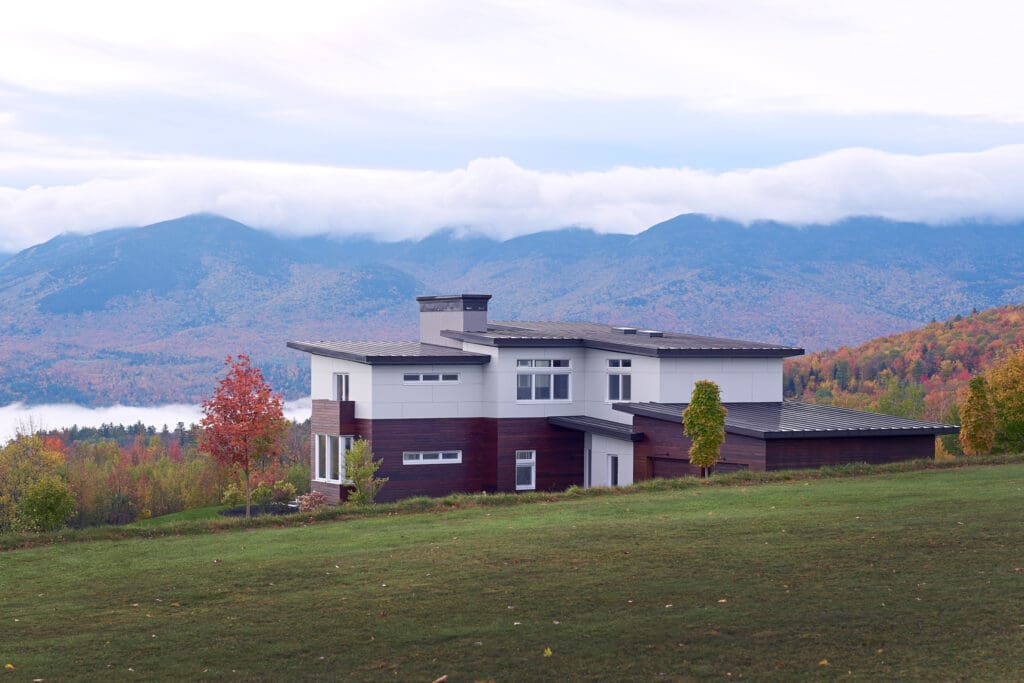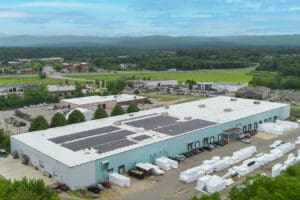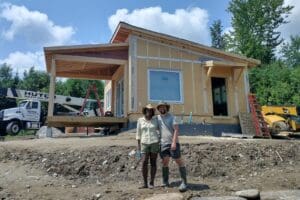“I belong here. This is the land I have been looking for all my life, though I never knew it till now.”
- C.S. Lewis, The Last Battle
Building a new home is exciting, but the process can be overwhelming. One of the first, most crucial decisions you’ll make is the land on which you’ll build. But how do you decide which plot will serve you best? With a tight, urban infill lot or a narrow lakefront property, the answer to siting your home may be self-evident; however, there are many factors to consider with a larger parcel.
Professional land and soil consultants and civil engineers can analyze your property for a fee. Before making that investment, here are 10 questions to help you get started.
1. Which comes first: selecting the house or the land?
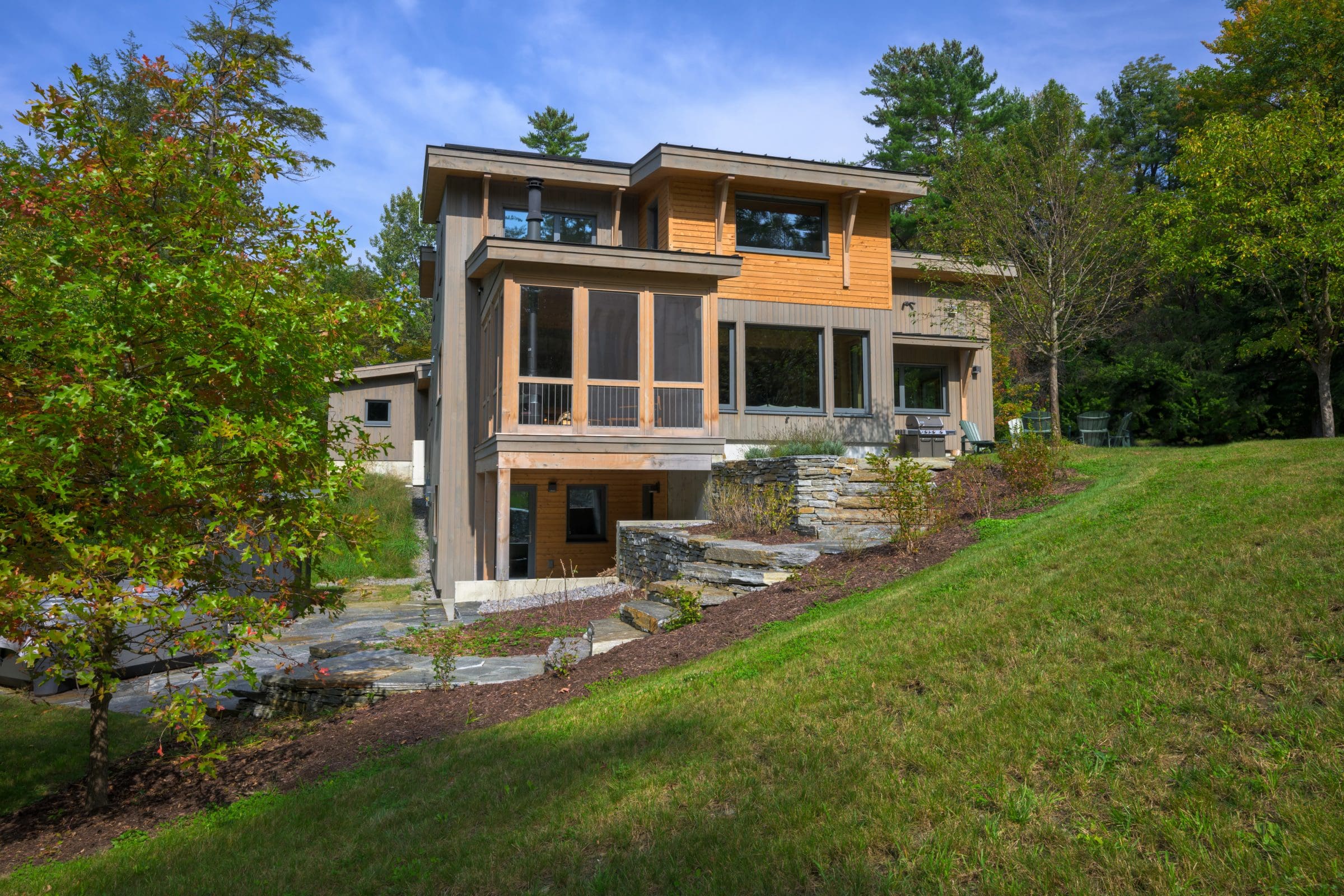
If you already own land — or have a location picked out — the landscape will dictate the design of the house. Keep in mind that a home can be designed to take advantage of the landscape, but altering the landscape to accommodate a home’s design is not always feasible.
If you don’t have land, first establish your priority list for your new home: Is it lifestyle, views, or design of the home, or something else? Consult with your significant other/family in this step. This list of requirements will save you time, effort, and added expense and help you select the right site for your new home.
2. What are the general characteristics of choosing land through the seasons?
With your checklist in hand, walk the land you are considering purchasing. Spend some time on it, and imagine how it will look and feel throughout the seasons. Take plenty of photos!
Consider these questions: From selected locations, is there anything blocking your views from the house? Will falling leaves increase desirable views or reduce the level of privacy? Where does the sun rise and set through the year? What direction is the predominant wind exposure? Are there seasonal streams or flooding? What do you hear? Pay particular attention to road noise, airport traffic, nearby businesses (sawmill?), and recreation (shooting range? snowmobile trail?)
Find out what sorts of activities occur over a year on the land, in the neighborhood, or nearby.
Can this land meet your list of requirements? If not, what challenges are there?
If you’re building a seasonal vacation home, visit the land in the season you expect to be in the home to ensure there are no unpleasant surprises.
3. How will the site views and exposure support your quality of life through the years?
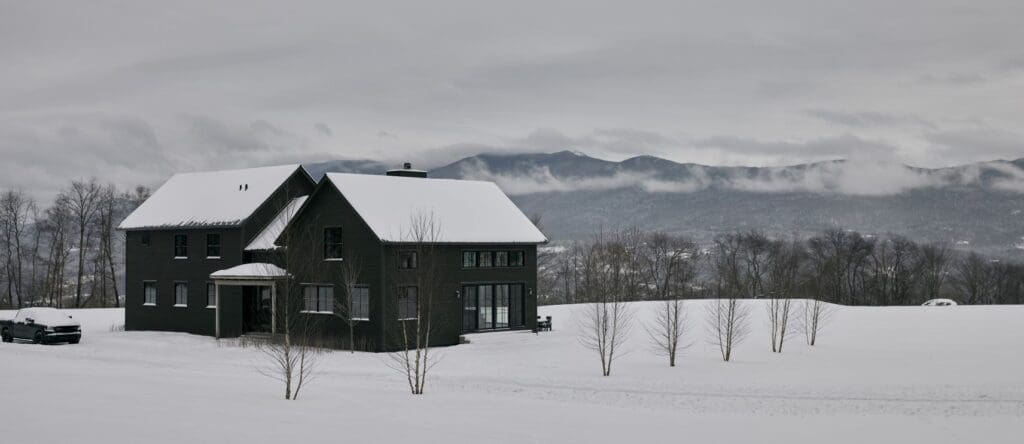
- In what direction do the most desirable views lie?
- Will you want to see your children and pets play from the inside?
- What would you like to see from the various rooms where you will spend time during the day?
- Would a multi-level house be necessary to capture views that are important to you? Is a single-story home a requirement for your family, now or in the future?
If you’re in a northern climate, will you want a southern-facing house to help save on heating costs? Conversely, will you enjoy a northern-facing house to save on cooling costs if you’re in a southern climate? Balancing views with energy efficiency is a calculation that deserves some thought.
4. How do topography and siting impact the cost of developing the lot?
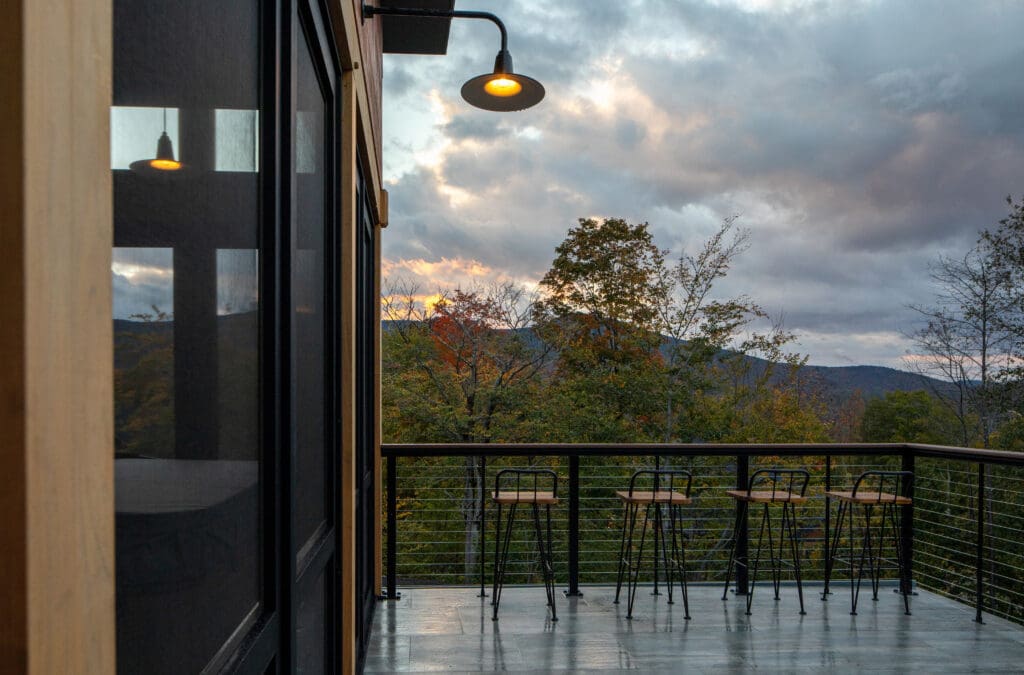
If you’re choosing land in a lot with zoned setbacks or within a Homeowners Association (HOA), there may be little choice where you can site your home. However, even large, rural lots may have siting challenges. Beyond any local zoning addressed separately below, distance from the home to the road directly impacts the costs of developing the lot. Topography also directly impacts the cost of developing the site of your new home. Examine the landscape and consider the following important questions. (As a rule of thumb, a flat, open site with few rocks and well-draining soils will be the least expensive to develop.)
- Is the site flat or hilly?
- Rocky or on a ledge?
- Wooded or open?
- Are there wetlands, streams, or other indications of how the land drains?
5. What is the property access for vehicles and utilities?
- Is there an access road? Alternatively, is the property landlocked, requiring an easement through a neighboring property to access?
- Where would the driveway go, and will its length, grade, and drainage be manageable in terms of initial cost, upkeep, and plowing (if you are in the North)?
- How much parking space for family and guests and turnaround space for delivery trucks will you need by the house?
- Is it economically feasible to bring electrical and cable service to the house?
- Will a municipal water/sewer connection be made, or do you need a well and septic field? (If not provided, a real estate agent should know the cost of adding a well, sewer / septic field and electricity.)
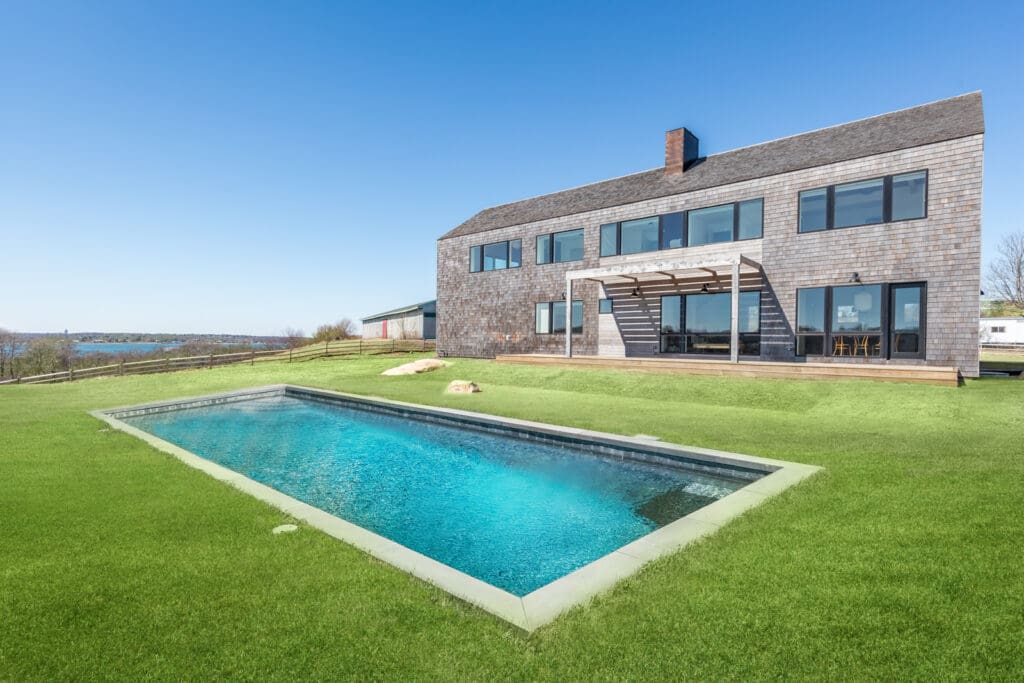
6. What site work and landscaping will be required?
- Will large trees and boulders have to be removed to create a driveway?
- Will foundation excavation require blasting?
- Will you desire or require significant landscaping, such as terracing or regrading?
- Will retaining walls be required?
- Will you preserve much of the natural landscaping or plant many trees and shrubs?
- Keep in mind that extensive site work can be a major expense.
7. Are there potential site issues when choosing land?
- What conditions exist with respect to soil analysis, perk testing, land stability and drainage?
- If you must install a well and septic field, you can hire a soil expert to do perc testing for septic fields and water table studies.
- Is the property in a flood zone or a hurricane zone? If so, investigate what insurance and special building codes may be required or desired.
8. What are the architectural characteristics of the area?
- Unless the land is in HOA, there may not be many restrictions.
- Will your home be visible to the neighbors or from the road?
- Will the size of the home be contextually proportionate to the size of the land? An architect can advise you if you are unsure how your plans will fit the neighborhood.
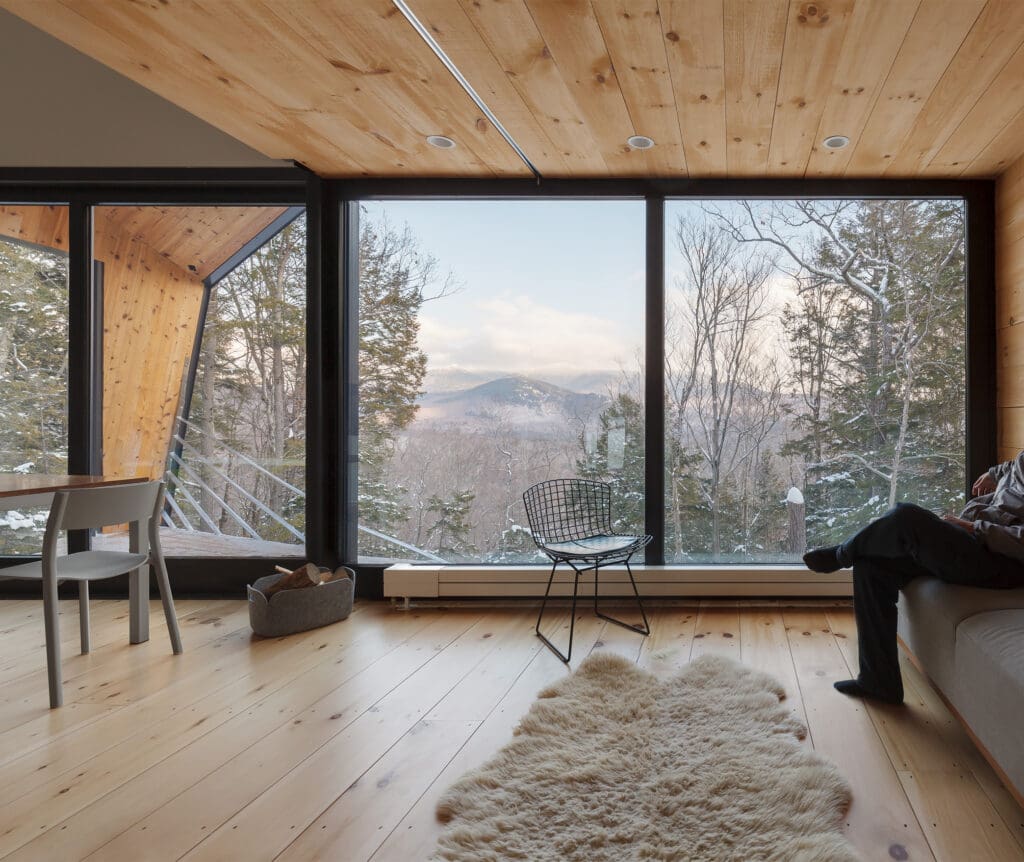
9. What are the local zoning, building code, and easement considerations for choosing land?
A real estate agent or builder can put you in touch with an Accredited Land Consultant (ACS) with the legal and scientific expertise in choosing land. Your consultants will investigate the characteristics of the land and explore zoning, building codes, easements, and other factors. These are significant factors to consider:
- Are there height restrictions on buildings?
- What are the setbacks?
- Are there easements on the property?
- Is the lot within an HOA with specific restrictions?
- Is there adjoining land that, if developed, would change the characteristics that currently attract you to the area?
- (Unless there are specific issues, your real estate agent and builder should be able to provide most of the needed information.)
10. What’s the bottom line when choosing land?
Generally, it’s best not to settle for a “problem” lot with significant issues you need to address. The cost of extensively altering a building lot can be far more than purchasing land that naturally complements your goals. Likewise, a lot that doesn’t meet your privacy or noise expectations may lead you to buy more land as a buffer than you would prefer to maintain, adding to the expense.
Thoughtful consideration of all the points above can help you make an excellent choice for your new home. If you’re ready to discuss your project, our sales associates are available to assist and guide you in evaluating your options and avoiding pitfalls. Ultimately, building a home on land that truly speaks to you is a gift you will enjoy daily. Contact us to get started!
About Bensonwood
Bensonwood has been a leader in the rich tradition of New England timber framing for over 50 years. Our mission is to use our capabilities, capacity, and culture to expand the highest standard of sustainable living. We strive to produce consistent quality, a strong work ethic, and a spirit of inclusivity and teamwork. We believe in creating design homes that stand the test of time and evolve to meet your changing needs.
Our diverse team, comprising experts in architecture, timber framing, engineering, and manufacturing, blends tradition with innovation to design and build homes that last. Bensonwood was founded by Tedd Benson, a pioneer in the revival of timber framing in America, who has led the company in pushing the boundaries of sustainable construction. Today, we continue to lead the industry, developing high-performance, energy-efficient homes that set the standard for sustainability.
Our state-of-the-art manufacturing facility in Keene, NH, has built projects across the U.S. and beyond. Bensonwood remains committed to making sustainable, high-quality building practices accessible to all. Visit our home galleries for Unity Homes and OpenHome to learn more.




